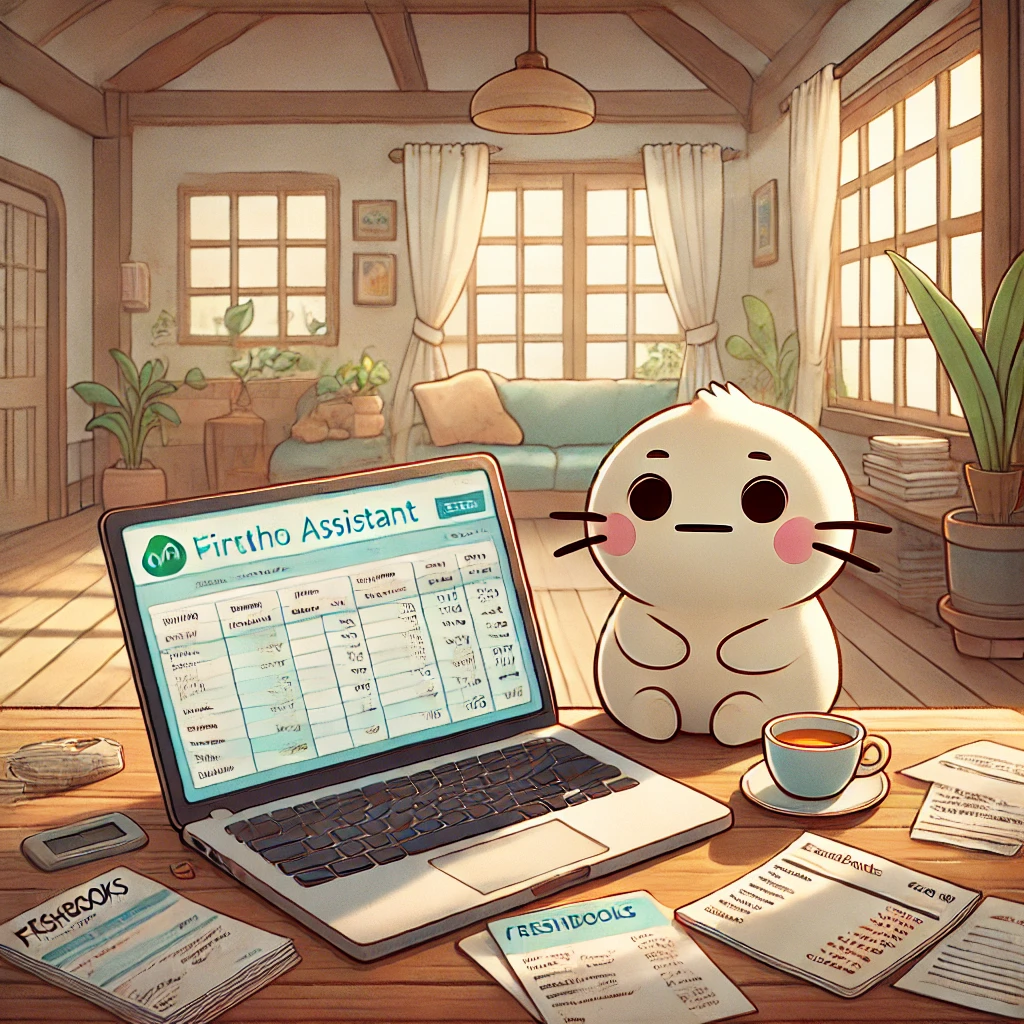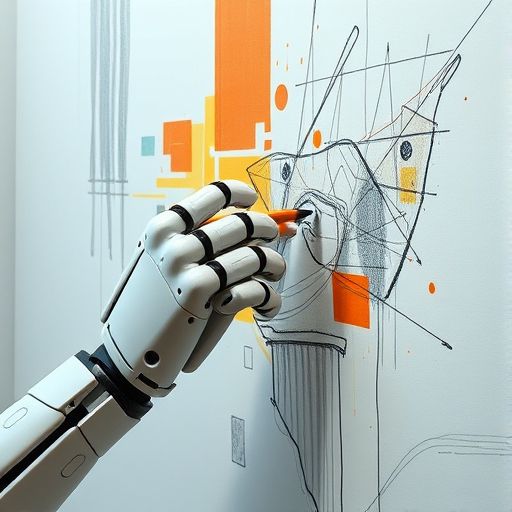
Introduction
Virtual assistants (VAs) are no strangers to automation. Many already use AI tools to streamline tasks, manage workflows, and enhance productivity. But what if you could take automation beyond assisting clients—and use it to build your own fully automated business?
The rise of one-person unicorns—businesses run by a single entrepreneur using AI and automation—opens a new path for VAs looking to scale beyond client work. Instead of handling tasks for others, you can own and automate a business that works for you.
In this article, we’ll explore how VAs can transition from service providers to AI-powered business owners, leveraging automation to create scalable income streams.
- Virtual Assistants Are Already Masters of Automation
VAs are experts in efficiency. Many already use:
✅ AI writing tools (ChatGPT, Jasper) for content creation
✅ CRM automation (HubSpot, Zoho) for managing client interactions
✅ Workflow automation (Zapier, Make) for streamlining repetitive tasks
✅ AI scheduling assistants (Calendly, Motion) for booking management
The next step? Instead of using these tools to support clients, use them to build and automate your own business.
- From Freelancer to Business Owner: A Mindset Shift
Most VAs operate as freelancers, trading time for money. But what if you could:
Replace manual work with AI-powered automation?
Earn money from digital products or AI-driven services instead of hourly work?
Scale your income without increasing your workload?
The transition from VA to business owner means moving from doing the work to building systems that do the work for you.
- How to Automate an Entire Business Using AI
Here’s how a VA can transform their skills into a self-running business:
Step 1: Choose an AI-Powered Business Model
Instead of offering VA services, shift towards:
AI-Powered Digital Products → Sell templates, AI-generated reports, automation guides.
AI-Driven Content Services → Launch a blog, YouTube channel, or newsletter that runs on AI-generated content.
Automated Client Services → Create a subscription-based AI assistant for specific industries (e.g., AI-powered social media management).
No-Code AI SaaS → Build and sell AI-powered workflow automation solutions.
Step 2: Automate Core Business Operations
Customer Support: Set up AI chatbots to handle inquiries 24/7.
Marketing: Use AI to generate social media posts, schedule content, and personalize email campaigns.
Sales & Lead Generation: Automate lead outreach using AI-powered email tools.
Content Creation: Automate blog writing, social media captions, and video scripts with AI.
Step 3: Scale Without a Team
Use AI-powered dashboards to track performance.
Automate billing and payments with AI-driven accounting tools.
Let AI analyze market trends and suggest optimizations for growth.
By following these steps, VAs can transition from offering services to running a fully automated business.
- Real-World Examples of AI-Driven Solopreneurs
Many entrepreneurs are already using AI to run businesses solo:
🚀 AI-Powered Newsletter Creators → Individuals running automated, profitable newsletters with AI-generated content.
🚀 One-Person SaaS Founders → Developers using AI to build, market, and support software products alone.
🚀 E-commerce Solopreneurs → Store owners using AI to automate product listings, customer service, and marketing.
These examples prove that running a scalable business alone is no longer a dream—it’s happening now.
- Why Virtual Assistants Are Perfectly Positioned for This Shift
VAs already have skills in organization, automation, and tech tools—making them ideal candidates to build AI-powered businesses. Instead of working for clients, they can apply those same skills to build a business that runs itself.
✅ More freedom – No need to manage clients.
✅ More income potential – Scalable revenue instead of hourly pay.
✅ More impact – Instead of helping one client at a time, your AI-powered business can serve thousands.
Conclusion
The rise of AI means virtual assistants have two choices:
1️⃣ Keep working as a service provider, assisting clients with automation.
2️⃣ Use AI to build their own self-running business and step into the future of entrepreneurship.
If you’re a VA looking to scale beyond freelancing, now is the time to explore AI-powered business models. The question is: Will you be an assistant to AI—or will AI assist you in running your own business?




